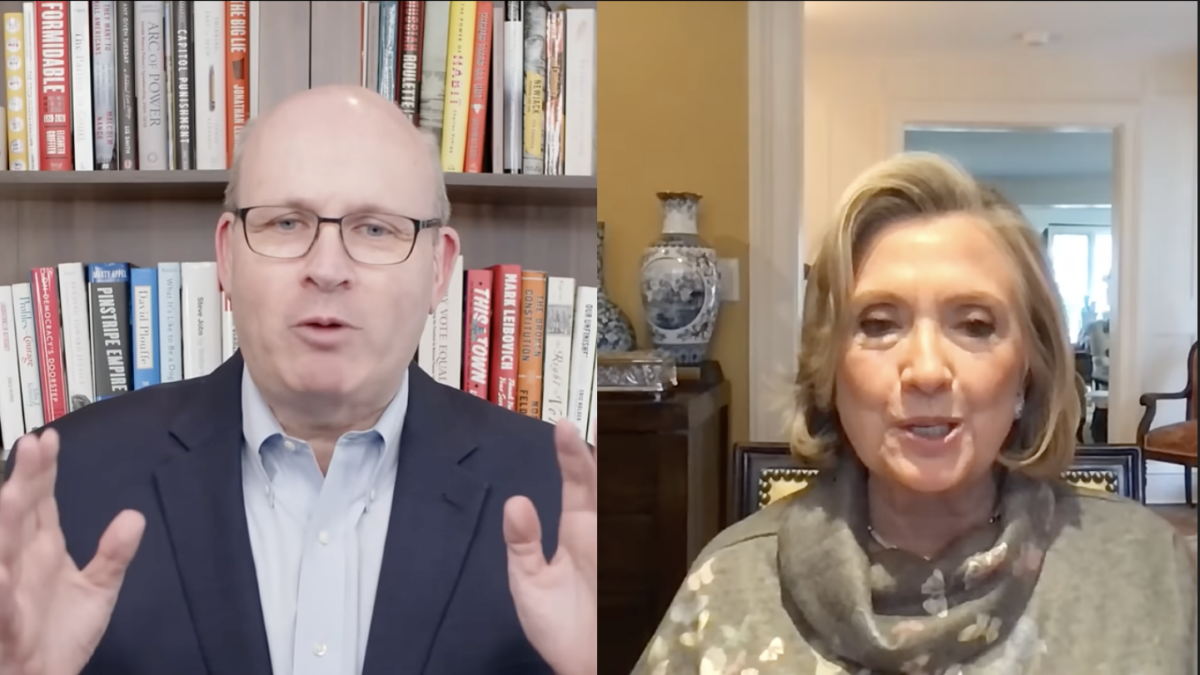
Last week, it came to light that the Virginia Department of Education is considering restructuring math in a way that could reduce opportunities for some students to take advanced math in the name of equity. White and Asian students take advanced math classes more than black and Latino students, and some see this as proof that it’s racist. Instead of seeking ways to raise the enrollment of underrepresented groups in advanced classes, some state leaders appear to believe it may be better to drop all groups down to the same level.
Unfortunately, the Virginia Department of Education isn’t an outlier. Under the guise of social justice, other districts have also taken aim at advanced programs, notably New York City, Seattle, and San Francisco. As Rachel Blustain explains in NBC news, these programs were accused of “creating a caste system by assigning students to remedial, average or advanced classes before they’d had a chance to develop their academic potential.” Yet advanced and Gifted and Talented programs are unequal by design, and they might deny learning opportunities for students enrolled in the lower-level classes.
It’s worth asking how, exactly, removing advanced classes fixes this problem. Rather, it seems to double down on removing learning opportunities by forcing students of all abilities to work at the same slow pace.
True, under that structure there would no longer be an intellectual caste system, but also no longer any real educational standard. It guarantees equal outcomes at the cost of equal opportunity. But this is the point. The real argument against advanced academics is not really about racial parity, at least not completely, but about eliminating the practice of tracking (offering different levels of instruction).
While tracking leads to better instruction and more successful graduates, it also highlights the failures and incompetence of weaker students. Quite understandably, the new left (which includes most educators) hates tracking, even if many of them have personally benefited from it. Their envy and so much of today’s propaganda have convinced them that tracking is exclusive, unfair, and demoralizing.
But experience and common sense show that tracking is the opposite of what its opponents say. Unlike a one-size-fits-all system, tracking is far more fair, inclusive, and affirming. In fact, it would be no exaggeration to say that tracking has been the saving grace of most public schools and their students.
How is this? First, one must dispense with the outcome-based argument — that unequal outcomes equate to unequal treatment. Not only is this reasoning invalid in the case of human beings who, by their very nature, are different and respond differently to the same influence; it is also supremely unhelpful.
Removing tracks effectively punishes those who work harder and demonstrate more ability. For weaker students, a trackless system ends up punishing them as well by reinforcing their weaknesses instead of remediating them.
By contrast, tracking holds students accountable and makes them responsible for their education. This is the definition of justice: giving to each his due. No matter what a student’s background is, he can take an advanced class if he is willing to do the work involved. If not, he should be adequately challenged in an on-level class. Regardless, tracking offers a choice (another way of saying “opportunity”) and doesn’t relegate everyone to the same class that primarily accommodates the lowest common denominator.
Because it offers equal opportunities and makes effort and ability the criteria for enrollment rather than race, class, or sex, tracking is more inclusive. It’s a big mistake to think that eliminating advanced or remedial courses will automatically eliminate social hierarchies. All that will happen is that students will use a different kind of hierarchy that’s based on something besides academics — like money, popularity, or physical prowess. Instead of smart, hardworking students occupying the upper social echelons, the rich kids, the cool kids, or the star athletes will take their place.
Furthermore, this hierarchy becomes even more pronounced and exclusive as students graduate. The poor and marginalized will take their place at the bottom of the social hierarchy while the rich and privileged take their place at the top. Far from fostering diversity and social mobility, a trackless education system often helps create a segregated, stratified society that resembles cultures with actual castes and apartheid setups.
Finally, and most importantly, tracking validates and empowers all students. Students who work hard and push themselves will have a real standard by which to measure their progress. Moreover, they are in a classroom with like-minded students. Both of these aspects cultivate a sense of purpose and community that in turn fuels intrinsic motivation.
Without this, students will find purpose and fulfillment elsewhere. This could mean that they join the marching band or play a sport, but — in the worst-case scenario that is now tragically far too common — this often means joining a gang or becoming lost in a world of various addictions.
It’s no coincidence that the students who struggle most in life also usually to take the easiest course options. Many people, certainly modern leftists who’ve never taught in a public school, believe that dark skin or relative poverty accounts for self-destructive behavior. But most teachers can attest that it’s nearly always boredom and shame at the root of this dysfunction.
Those who doubt the virtues of tracking should consider the example of celebrity teacher Jaime Escalante. Through hard work and unbelievable commitment, Escalante transformed a mediocre math program at a rundown high school in a barrio of East Los Angeles into an elite program that boasted higher AP Calculus scores than most prep schools. This accomplishment was so incredible that an Oscar-winning movie was made about him, “Stand and Deliver.”
Unfortunately, Escalante’s success in giving poor Latino students a quality education and overcoming demographic destiny made him unpopular with his colleagues, administrators, and the teachers union. As Jerry Jesness chronicles in his excellent essay at Reason magazine, Escalante and his teacher proteges were pushed out by petty administrators and envious teachers who complained that offering advanced math was unfair and even discriminatory. Sound familiar?
If educational leaders and their supporters were serious about promoting social justice through a more equitable education system, they would demand more tracking, not less. As it stands, most public schools only offer a handful of AP and Pre-AP classes, which serve a small minority of students while the great majority of students take on-level classes.
Since few schools offer a remedial track to filter out the worst students, these kids are mixed into the on-level classes and often end up holding them back. Placing these students in a remedial track would both instantly improve instruction in on-level and honors classes as well as allow for additional instructional intervention for those students in great need of it.
At its core, the push for wokeness is the push for mediocrity, and it’s one of the leading reasons it’s so toxic. It’s also why the only effective way to fight wokeness is by pushing excellence, an effort that is greatly advanced by tracking students. This was the lesson of Escalante, who demonstrated that advanced studies are the best way to empower students and create a more just society.









